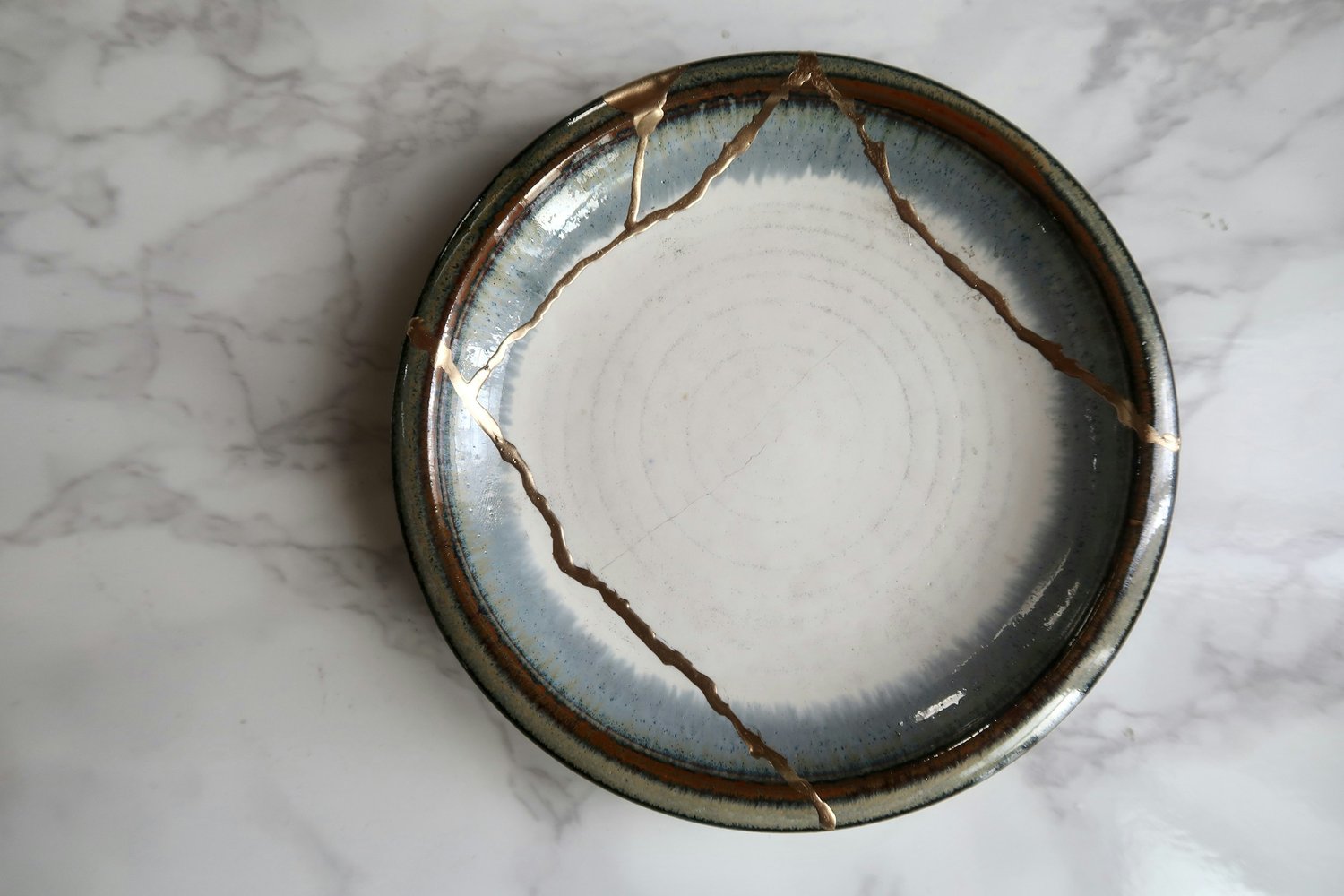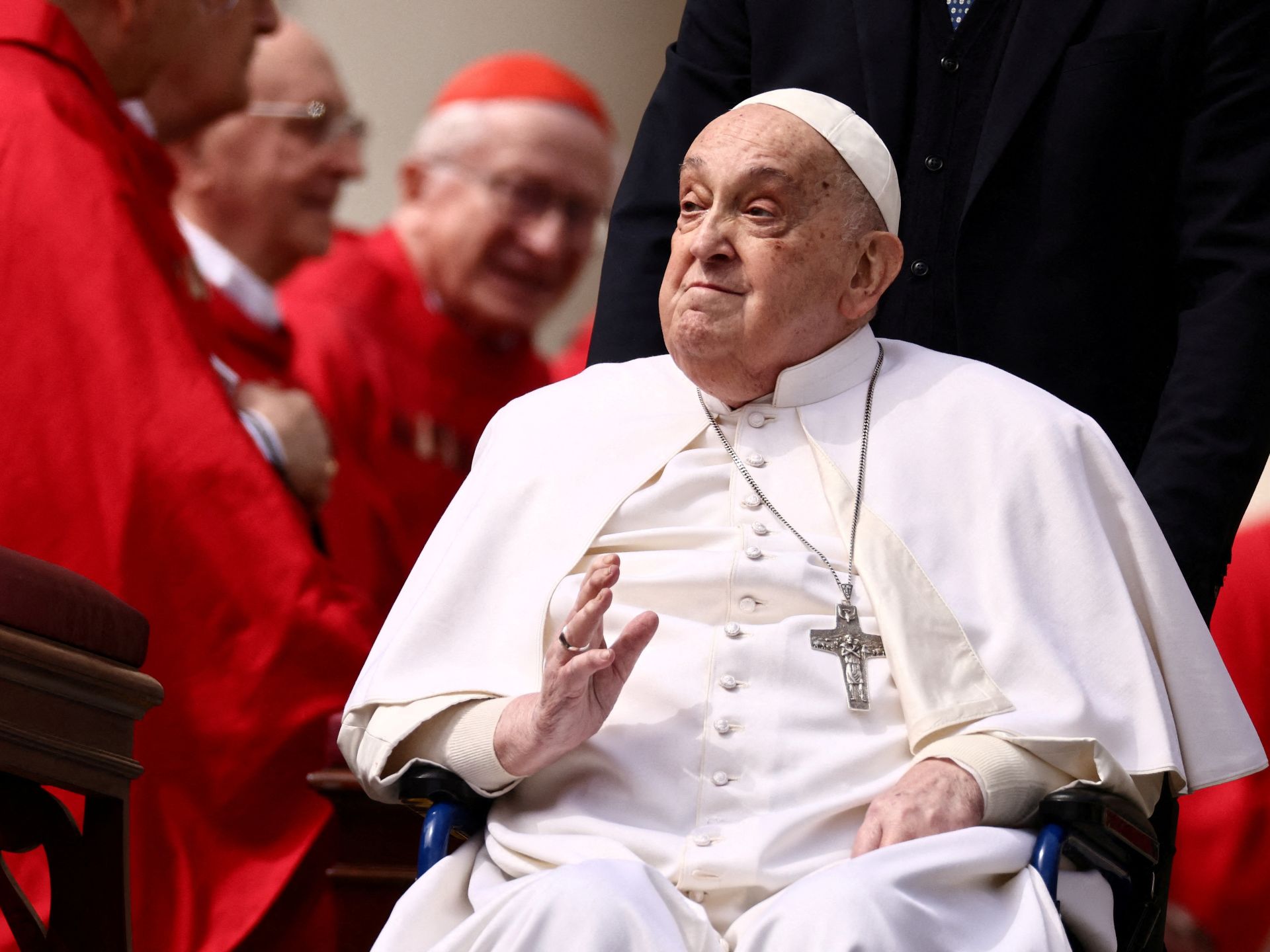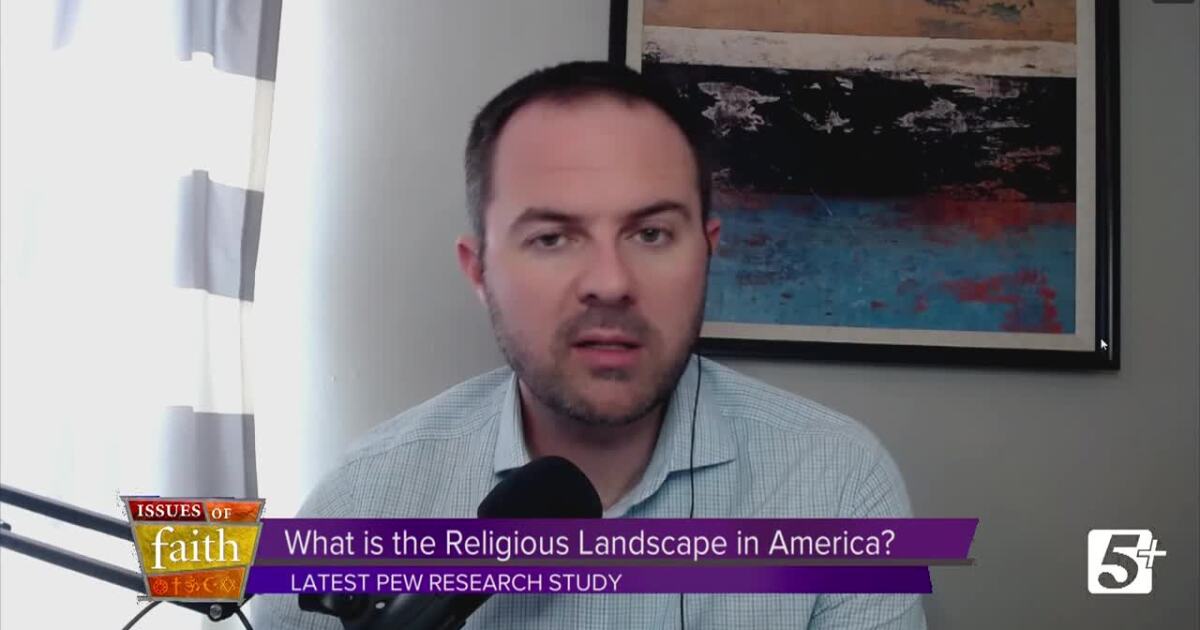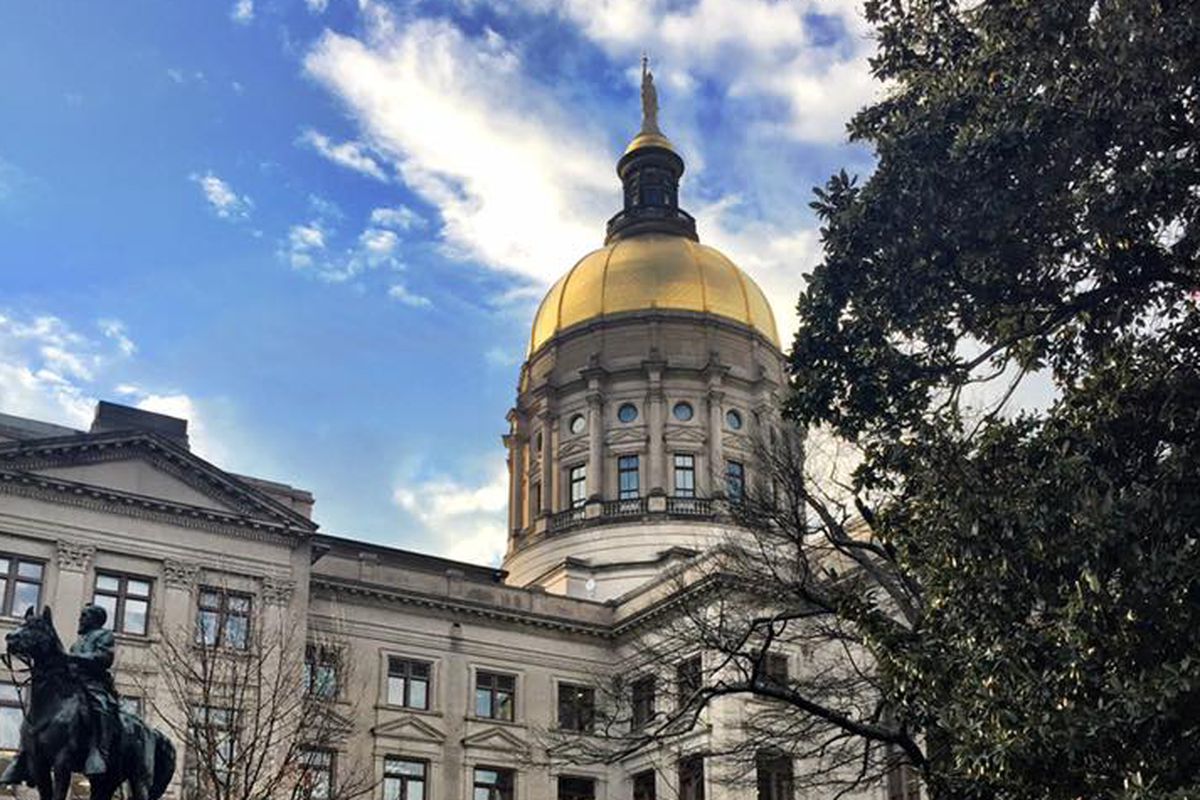Beyond Borders: The Complex Roots of the Israeli-Palestinian Conflict
Religion
2025-04-15 09:08:00Content
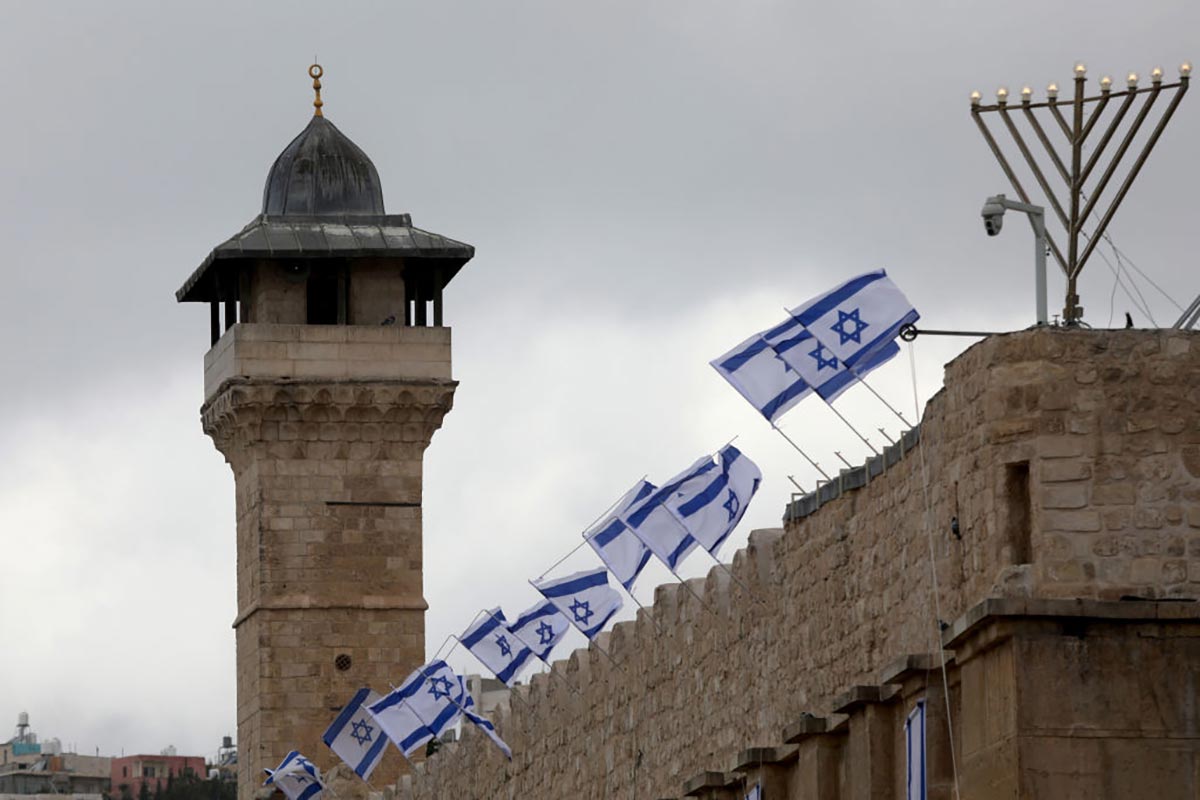
Beyond Lines on a Map: The Complex Tapestry of Hebron
The Israeli-Palestinian conflict transcends mere territorial disputes, delving deep into the intricate layers of historical narrative and religious significance. Nowhere is this complexity more vividly illustrated than in the ancient city of Hebron, a place where every stone and street corner tells a story of competing claims, profound emotions, and centuries of tension.
Hebron stands as a microcosm of the broader conflict, where historical and religious narratives intertwine with contemporary political realities. For both Israelis and Palestinians, this city represents far more than a geographical location—it is a sacred space imbued with profound cultural and spiritual meaning.
The city's landscape is a testament to the deep-rooted connections and conflicts that define the region. Sacred sites, historical memories, and competing national identities converge here, creating a complex tableau that defies simple resolution. Each community sees Hebron through a different lens, shaped by generations of inherited narratives and deeply personal experiences.
Understanding Hebron is not just about understanding borders or political boundaries, but about comprehending the human stories, religious devotion, and historical memories that make this place so much more than a point on a map.
Hebron: A Microcosm of Conflict, Faith, and Historical Complexity
In the heart of the West Bank, a city stands as a profound testament to the intricate layers of human conflict, where every stone, street, and structure tells a story far more complex than simple territorial disputes. Hebron represents more than a geographical location; it is a living, breathing narrative of historical tensions, religious significance, and the profound human struggle for identity and belonging.Unraveling the Layers of a City Divided by History and Belief
The Spiritual Landscape of Contested Terrain
Hebron's significance transcends mere geographical boundaries, emerging as a spiritual epicenter that resonates deeply with multiple religious traditions. The city harbors the Tomb of the Patriarchs, a sacred site revered by Jews, Muslims, and Christians alike, symbolizing a profound intersection of faith and historical memory. This sacred ground has witnessed centuries of human devotion, conflict, and complex interactions between different cultural and religious communities. The architectural landscape of Hebron reflects layers of historical occupation, with ancient stone structures bearing witness to successive civilizations. Each architectural element tells a story of conquest, coexistence, and cultural transformation, creating a palimpsest of human experience that defies simple narrative categorization.Geopolitical Dynamics and Cultural Complexity
The urban fabric of Hebron represents a microcosm of broader regional tensions, where every street corner becomes a potential site of negotiation, conflict, and potential reconciliation. The city's demographic composition reveals intricate social dynamics, with Palestinian and Israeli populations existing in a state of perpetual negotiation and occasional confrontation. Urban planning in Hebron has been dramatically influenced by security considerations, resulting in a fragmented urban landscape where physical barriers and checkpoints create complex social geographies. These infrastructural interventions fundamentally alter human movement, social interactions, and daily lived experiences, transforming the city into a complex spatial narrative of division and resilience.Cultural Resilience and Human Narratives
Beyond political rhetoric, Hebron represents a profound human story of survival, adaptation, and cultural preservation. Local communities have developed remarkable strategies of resilience, maintaining cultural traditions and social bonds despite challenging circumstances. Traditional crafts, familial networks, and community practices serve as powerful mechanisms of cultural continuity and resistance. The economic landscape of Hebron reflects remarkable human ingenuity, with local artisans and entrepreneurs developing sophisticated strategies for economic survival. Traditional industries like glassblowing, ceramics, and textile production continue to thrive, representing not just economic activities but profound expressions of cultural identity and historical continuity.International Perspectives and Diplomatic Complexities
Hebron serves as a critical lens through which international observers understand the broader Israeli-Palestinian conflict. Diplomatic missions, human rights organizations, and international observers consistently scrutinize the city's dynamics, recognizing it as a critical site for understanding regional tensions and potential pathways to reconciliation. The international community's engagement with Hebron reveals complex diplomatic negotiations, where humanitarian concerns intersect with geopolitical strategies. Various international frameworks and diplomatic initiatives have attempted to address the city's multifaceted challenges, highlighting the intricate nature of conflict resolution in deeply contested territories.Psychological Dimensions of Territorial Conflict
The psychological landscape of Hebron reveals profound human experiences of trauma, resilience, and hope. Generations have grown up navigating complex emotional terrains, where personal narratives are deeply intertwined with collective historical experiences. Psychological research suggests that such environments create unique cognitive and emotional adaptations, fundamentally shaping individual and collective identities. Trauma and resilience coexist in delicate balance, with local communities developing sophisticated psychological mechanisms for survival and potential reconciliation. Educational and community initiatives increasingly focus on dialogue, understanding, and potential pathways towards mutual recognition and peaceful coexistence.RELATED NEWS
Religion
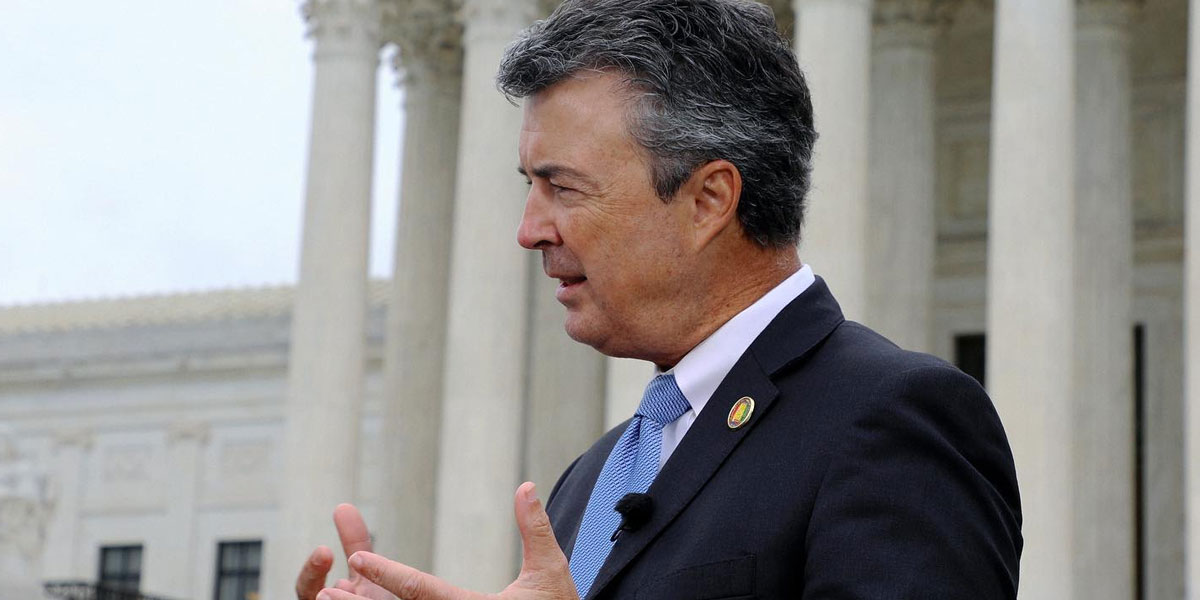
Alabama AG Takes Bold Stance: Marshall Fights for Faith and Education Freedom
2025-03-14 20:37:00
